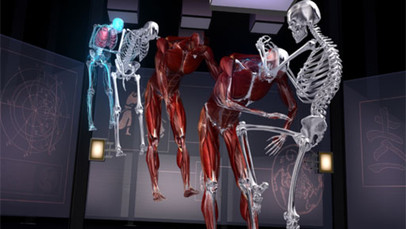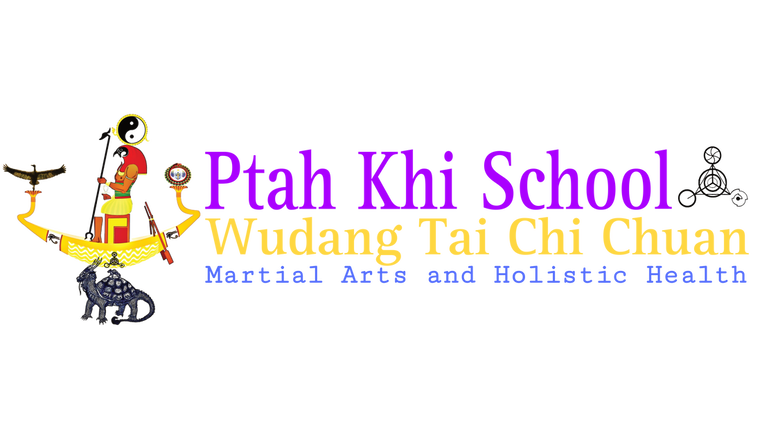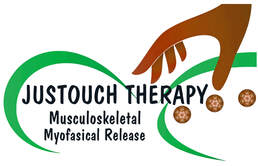The art of kicking
|
Kicking is a whole-body movement that is responsive to a wide range of constraints related to the task, the environment, and the person performing the movement. Preliminary research also suggests that balance control in the support leg plays a key role in kicking ability, so during class we monitor correct alignment of the feet and upper body. All kicking drills are preformed during class are done in a circular motion as to prevent strain or injury to muscles. As kicking is a biomechanical action each kicking technique through in class is broken down in stages from the chambering to releasing the leg phase.
|
|
|
A successful kick requires good eye-foot coordination, balance, accuracy, skill and power. Kicking is predominately a lower-body activity but your whole body is involved in maintaining balance and stability. The bones and joints in your lower body that control this action are the tarsals, metatarsals and phalanges of your foot provide the contact surface on the floor, the tibia and tarsals form your ankle joint, which must stay flexed and rigid to so when you kick no power is lost and balance is maintained. Your knee joint, consisting of the tibia and femur, extends as your thigh muscles contract and your hip, which is made up of your femur and ilium, swings forward in a movement called hip flexion, however the hip joint functionally enjoys a very high range of motion. The ball-and-socket structure of the joint allows the femur to circumduct freely through a 360-degree circle. This allows for a wide ranges of kicks at different levels depending on flexibility. The femur may also rotate around its axis about 90 degrees at the hip joint. Only the shoulder joint provides as high of a level of mobility as the hip joint. In addition to being flexible, each hip joint the ilium must be capable of supporting half of the body’s weight along with any other forces acting upon the body. During kicking the force of the body’s movements multiplies the force on the hip joint to many times the force exerted by the body’s weight. The hip joint has the ability due it design to accommodate these extreme forces.
|
|
During stabilising the balancing leg muscles on opposite sides of your tibia, or shin bone the gastrocnemius and soleus muscles, collectively called your calf, contract to extend your ankle in a movement called plantar flexion, while the muscles on the front of your tibia the tibialis anterior contracts to hold your ankle rigid. This type of muscle action is called an isometric contraction, which means that while these muscles are generating tension, they are not causing any actual joint movement but merely hold your ankle in place. The force generated from the moving leg is mainly dependent on a group called the hip flexors these are directly related to how powerfully you can kick. Kicking involves both flexing your hip and extending your knee, making your hip flexors and quads the key muscle groups used. The stronger your hip flexors, the more power you'll be able to make contact with the shields during training.hip flexors lift and lower your thighs so the stronger these muscle are the faster you'll be able to move it creating explosive circular power.
|
|




